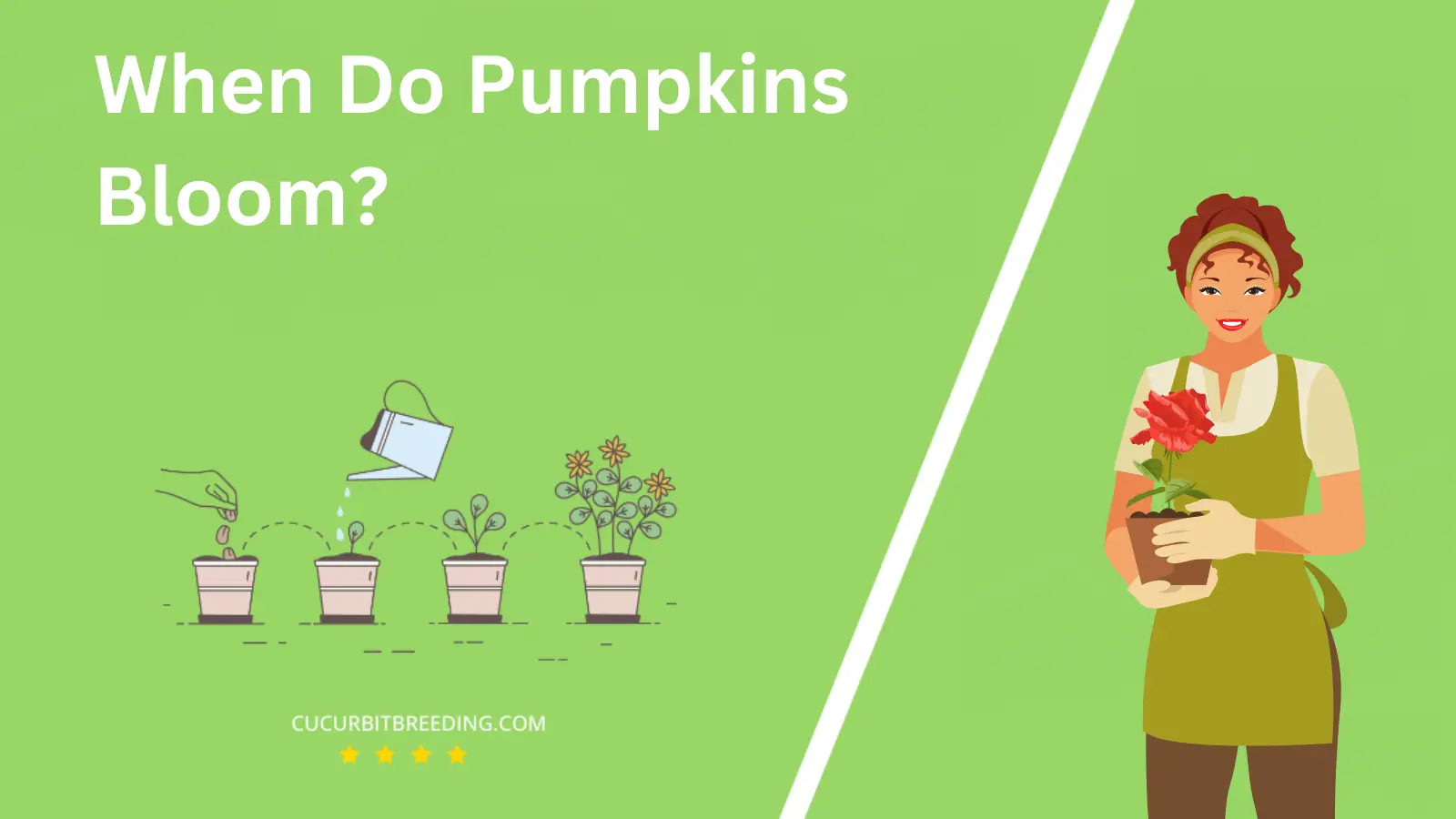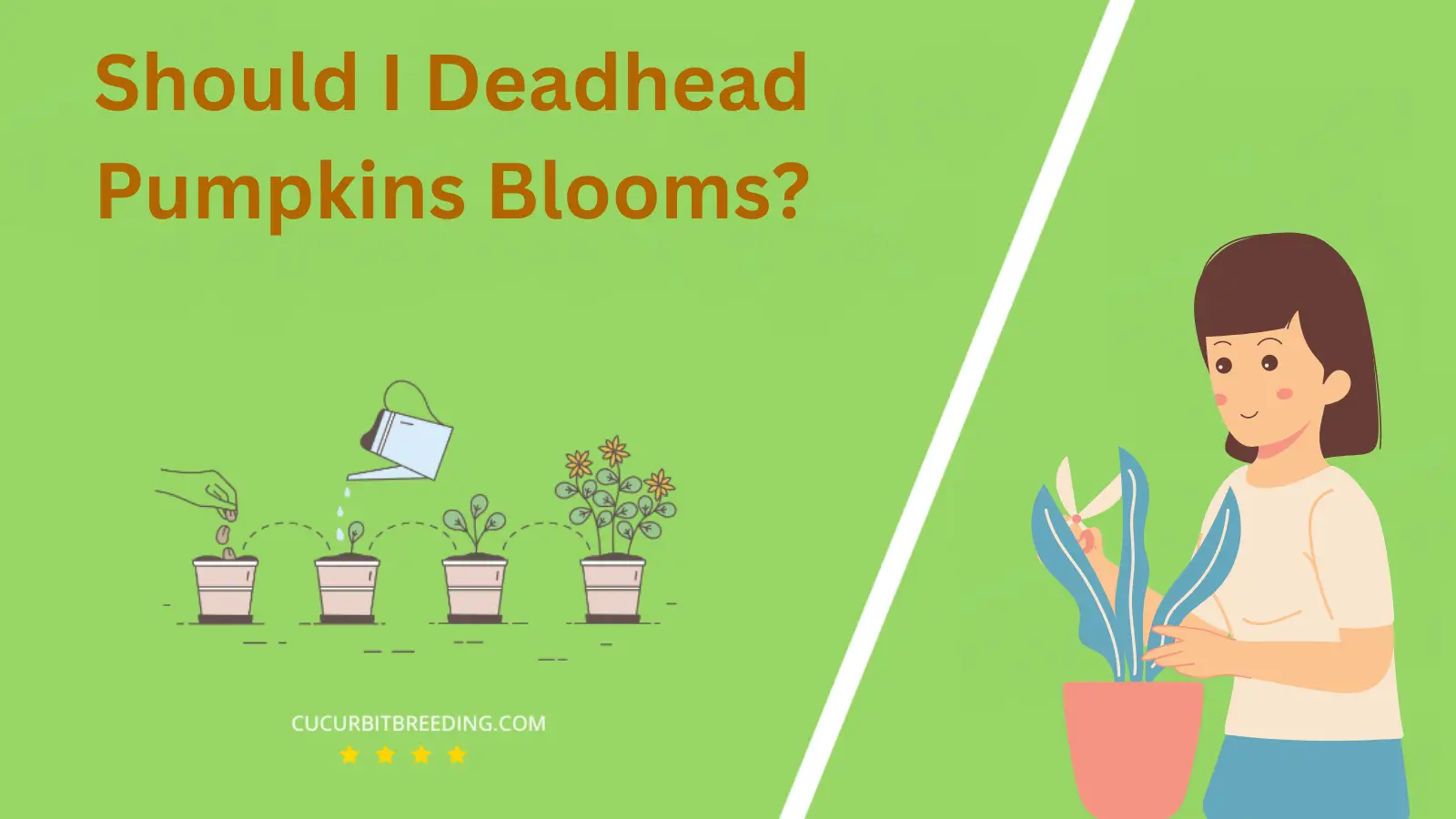
Intrigued about when do pumpkins bloom? It’s a question that often piques the curiosity of garden enthusiasts and pumpkin lovers alike. The fascinating life cycle of this autumnal favorite is an interesting journey, from seed to full-grown fruit.
Getting the timing right is crucial for a fruitful harvest. But before we delve into the specifics, let’s set the scene with a brief overview of the pumpkin growth process.
When Do Pumpkins Bloom?
Pumpkins typically begin to bloom in the early to mid-summer. The exact timing can vary depending on the specific variety of pumpkin and the local climate conditions. However, it’s generally within the June to July timeframe in most regions.
| Stage | Description |
|---|---|
| Germination | Spring (March to May) |
| Growth | Summer to early autumn (June to September) |
| Blooming | Summer to early fall (June to October) |
| Dormancy | (Winter to early Spring) [December to March] |
How Long Do Pumpkins Bloom?
Pumpkins typically bloom for a period of one to two weeks. The blooming period begins after 35 to 45 days of planting the seeds. However, it’s important to note that the exact duration can vary depending on the specific pumpkin variety and growing conditions.
How Light Affects Pumpkins Blooms?
Light plays a significant role in the blooming process of pumpkins. Pumpkins require full sun for optimal growth, which translates to approximately 6 to 8 hours of sunlight per day. This exposure to light stimulates the production of blooms, as it aids in photosynthesis – the process by which plants use light energy to produce food.
Without sufficient light, pumpkin plants may struggle to produce blooms and, consequently, fruit. Therefore, when growing pumpkins, it is essential to ensure they are planted in an area that receives ample sunlight. Light also influences the opening and closing of pumpkin blooms. Typically, pumpkin flowers open early in the morning and close as the day progresses and the heat increases.
Will Pumpkins Bloom the First Year You Plant Them?
Yes, pumpkins will bloom in the first year you plant them. After sowing pumpkin seeds, they typically germinate in 7 to 10 days and flower approximately 45 to 55 days later. Consequently, it is entirely possible to see your pumpkins bloom within the first year of planting.
Will Pumpkins Bloom Every Year?
Pumpkins, like other annual plants, go through their entire life cycle – from seed to fruit to death – within a single growing season. This means that a pumpkin plant will not bloom every year. Instead, new plants need to be grown each year from seeds. Once the pumpkin has been harvested, the plant dies off and will not produce more pumpkins the following year.

Should I Deadhead Pumpkins Blooms?
Yes, you should deadhead pumpkin blooms but only under certain circumstances. Deadheading, or the removal of spent flowers, is beneficial for stimulating plant growth and encouraging the production of more blooms. However, you should only deadhead male flowers (which appear first and do not form fruits) and any unhealthy or wilting flowers. Leave the female blooms, which can be identified by the small fruit at the base of the flower, as these will grow into pumpkins.
Top Reasons a Mature Pumpkins May Stop Flowering

The mature Poinsettias may stop flowering naturally due to several reasons. Insufficient light is one of the primary reasons. Poinsettias require exposure to bright but indirect light for at least six hours a day. If the plant does not get enough light, it may not bloom.
Another reason is incorrect watering. Both underwatering and overwatering can have a negative effect on the plant’s ability to flower. Poinsettias prefer moderately moist soil, not overly wet or completely dry.
Additionally, inappropriate temperature can prevent Poinsettias from flowering. These plants thrive best in temperatures between 65 and 75 degrees Fahrenheit during the day and around 60 degrees at night. Extreme temperatures may disrupt their flowering cycle.
Lastly, lack of fertilization can also contribute to a Poinsettia’s inability to bloom. During the growth period, regular fertilization with a high-phosphorus plant food can promote blooming.